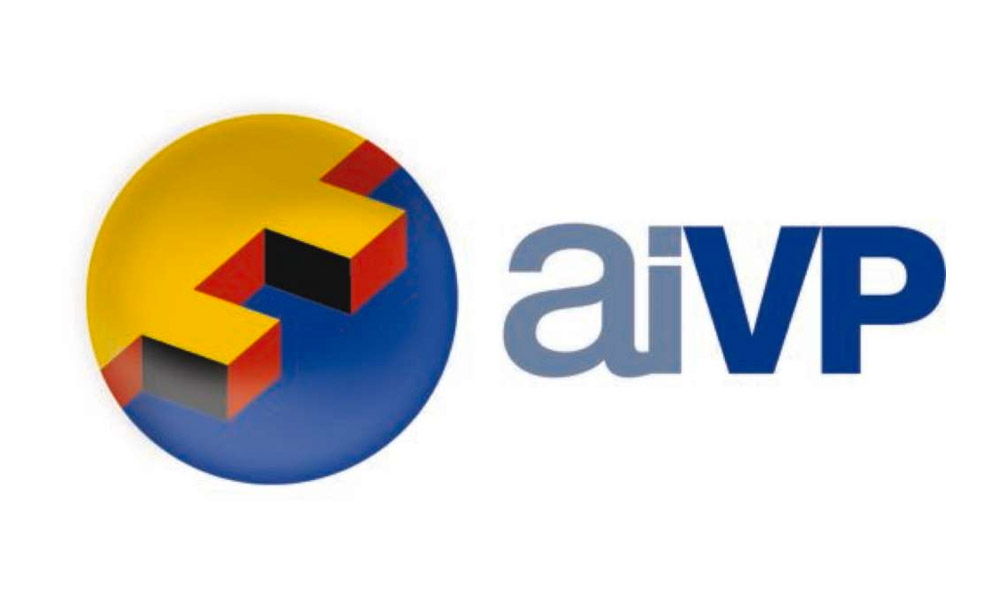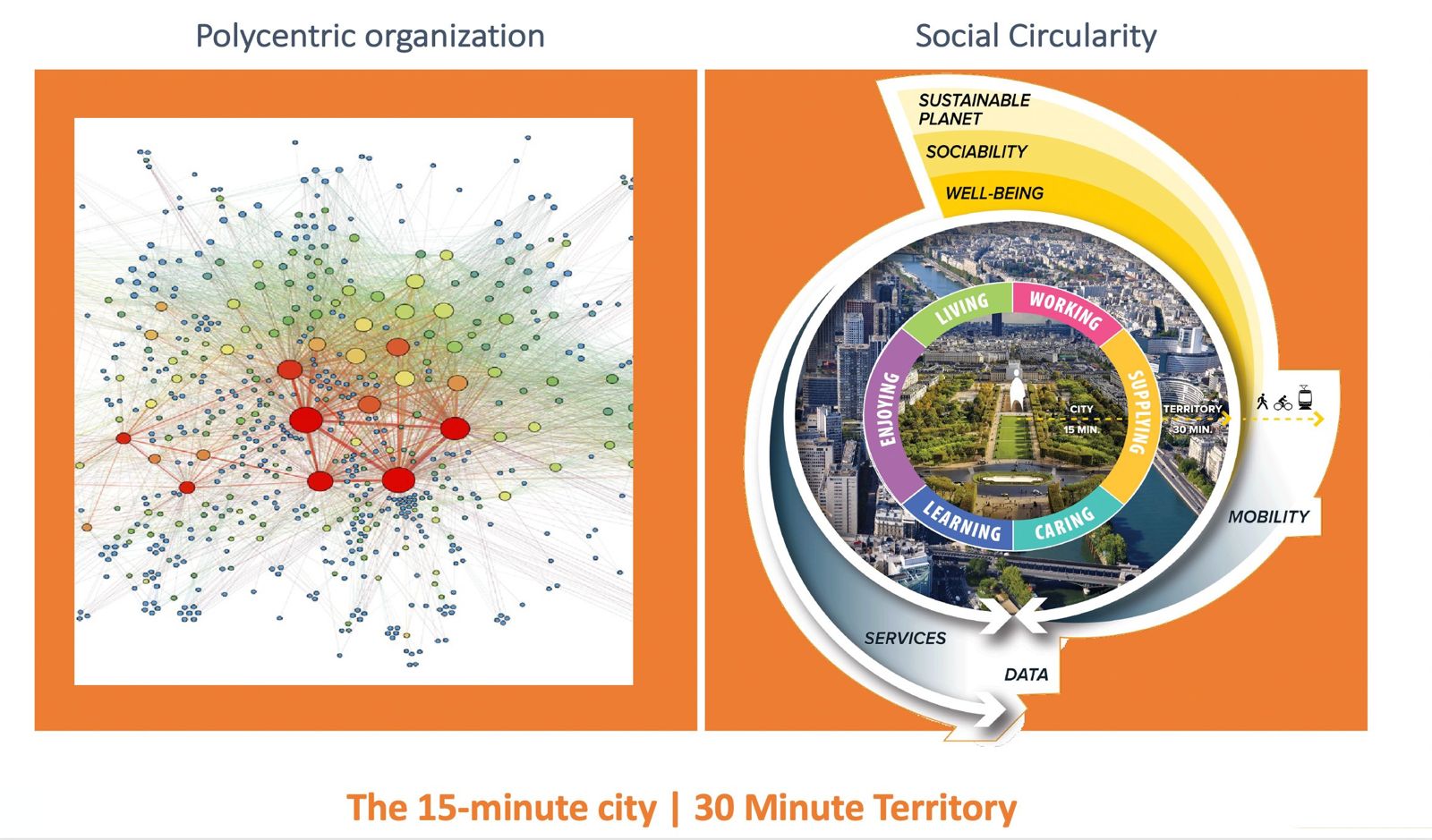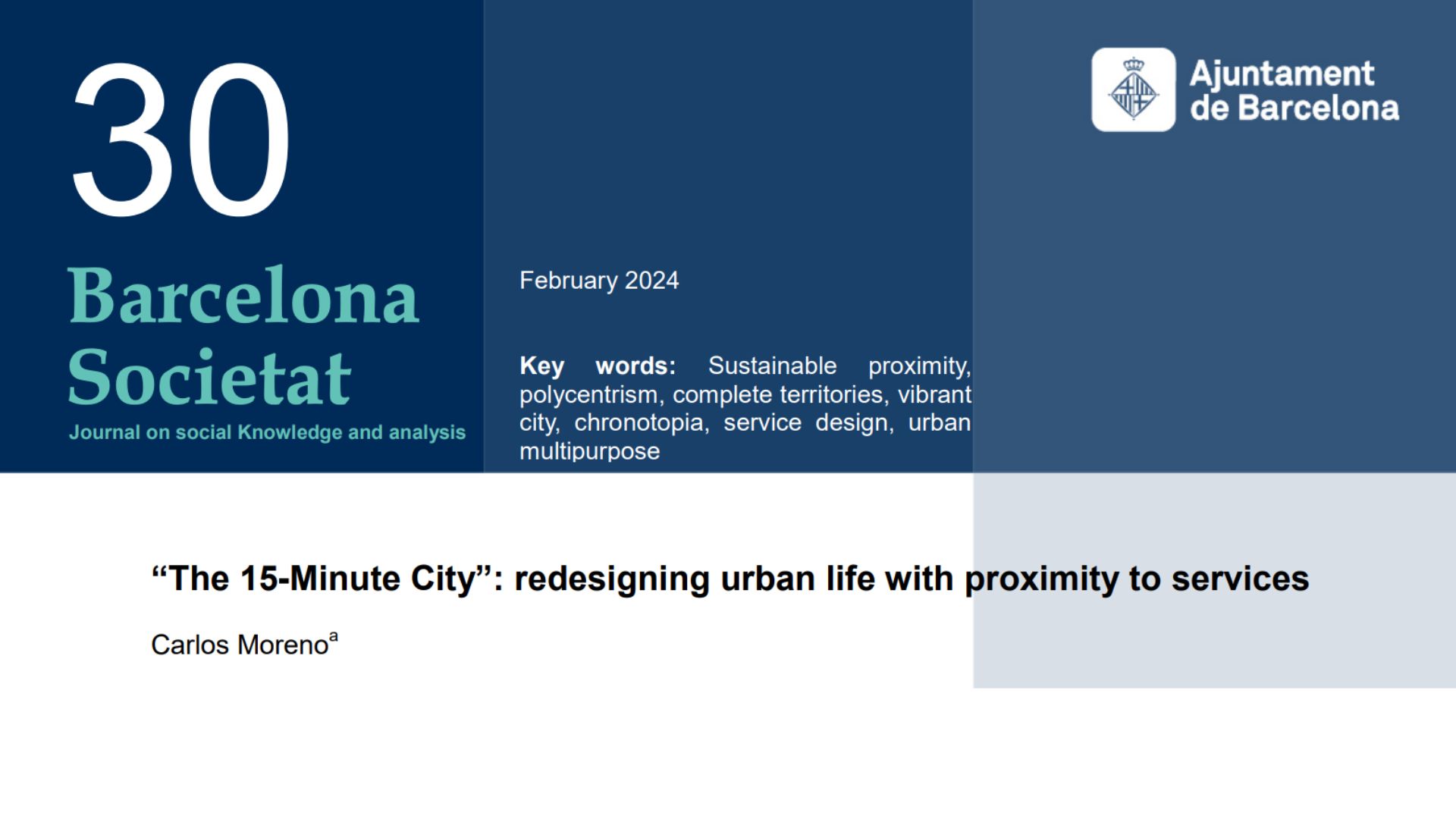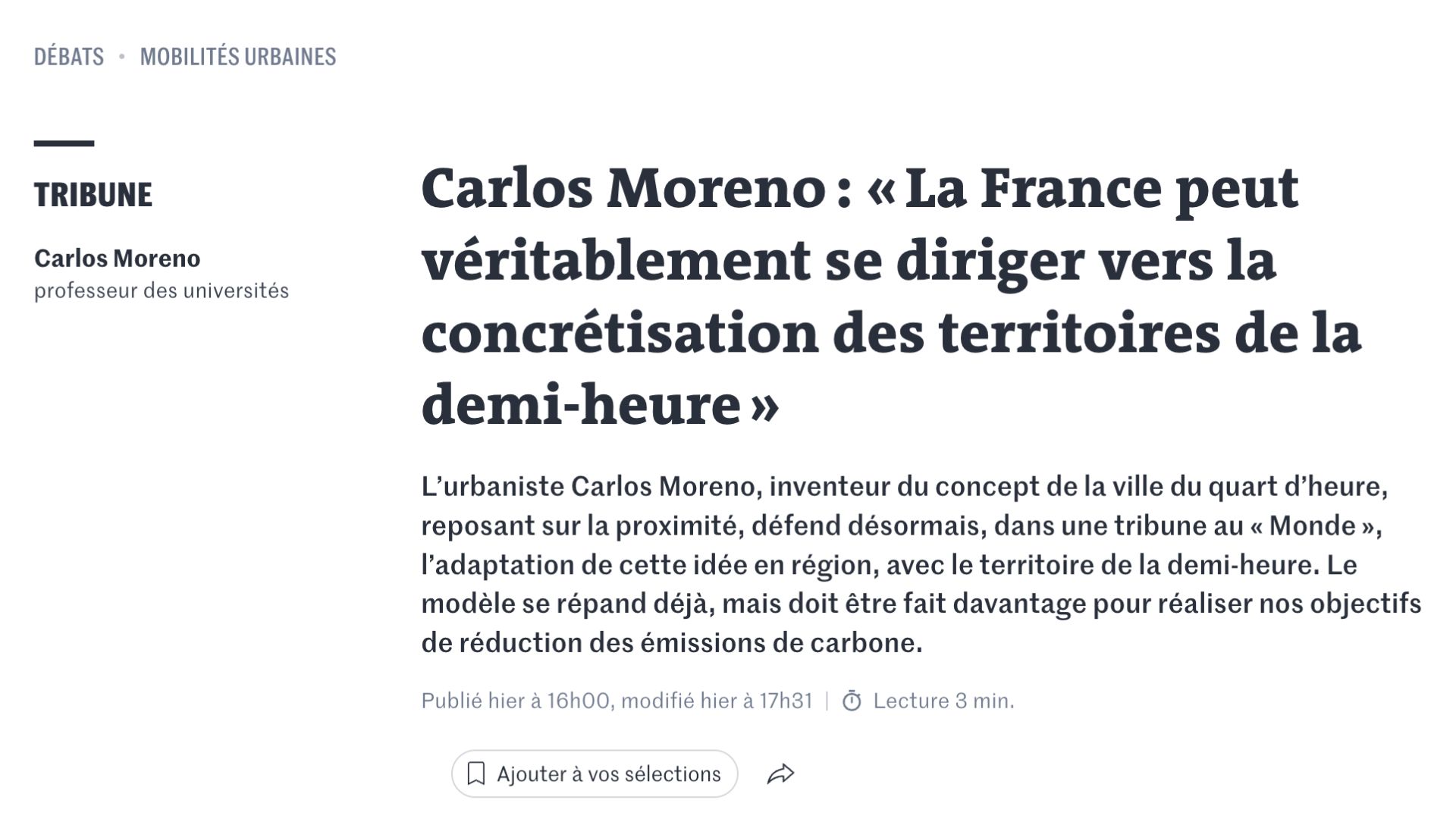Les comptes-rendus des interventions du Pr. Carlos Moreno lors de la 14ème Conférence mondiale des villes et des ports, qui s’est tenue à Durban du 3 au 8 novembre 2014, sont à lire ici en anglais.
Directeur du comité scientifique, Carlos Moreno est intervenu à deux reprises. Le 4 novembre, il a délivré le premier keynote speech sur la « Smart Port City : savoir croiser les ambitions de la ville et du port ». Le 6 novembre, il a délivré le mot de conclusion sur les défis auxquels doivent encore faire face les ports s’ils veulent réussir leur transition vers la smart city.
Retrouvez l’intégralité des comptes-rendus de la conférence en anglais:
http://citiesandports2014.aivp.org/fr/actualites/
Carlos Moreno’s Key Note Speech – November 4th 2014 (EN)
The smart port city: reconciling the ambitions of the city and the port
A smart port city is made up of geographical, cultural, economic and social spaces. Through utilizing urban intelligence, smart cities can be created that improve the quality of life for those who live there because urban intelligence lives through its citizens (not software, computers or maths formulae). The city is a place in which public and private spaces are shared. Maritime space is one of the important spaces in a port city – they are links between coastal and inland spaces. Port cities are not homogenous; they are varied and face their own challenges. There are some similarities, but these must be understood in its own context, when designing interventions and solutions.
A city is a holistic entity that is impacted upon by many external and internal factors. Smart cities are aware of these challenges, and learn from others who have managed to address these issues. There are three main areas that need to be considered: social inclusion, technology, and urban intelligence. How can cities harness their natural environment for energy (land, sea, wind) and protect the environment? What is urban life in light of technology and how do citizens use it to address the five main challenges: social, cultural, economic, resilience, and ecological? We need to be a “human” city for ourselves and future generations.
Carlos Moreno’s Conference Conclusion and Wrap-Up – November 6th 2014 (EN)
In conclusion, to develop a smart port smart city approach to development, ports and cities need to work together as they share and live in communal spaces. The challenges of ports are:
- Social
- Cultural
- Economic
- Ecological, and
- Resilience
Smart city innovations address challenges, such as social inclusion, technological innovation, and urban intelligence, all of which are related. It is evident, as presented by the many speakers at the conference, that there is light at the end of the tunnel, in terms of smart port cities. While there are challenges that need to be addressed, regarding sustainability, the environment and the negative economic contexts experienced across the globe, through the sharing of innovative ideas and case studies of actual implementation of plans, we are moving towards the realization of smart port cities across the world. Through technological advancements, and the “internet of everything”, sustainable port and city structures can begin to be developed, which are flexible enough for future generations to tweak, according to their own needs.
Challenges that need to be considered, include:
- Security and the integration of ports and cities. How do we create open spaces that attract the public, without placing ports at a security risk?
- Increasing dialogue and participation of both ports and cities in the development of smart port city plans. The port cannot act without the input from a wide variety of stakeholders, which include: citizens, the port, the municipality, civil society, researchers, etc.
- The port and city interfaces are varied and are no longer one dimensional. The citizens of a city and the port are increasingly coming into contact with one another, how best this can be done to ensure it is a mutually beneficial relationship.
- The recognition that not all port cities are in a place where a large investment into technology and technological infrastructure can be implemented. Some port cities are still at the beginning phase: conversation and the development of relationships.
- Transformation and steps towards transformation are required of some ports – especially those that face a decrease in activity. How can ports change to suit the context in which they now operate under?
- Environmental degradation and non- sustainable practices by ports, need to be addressed and solutions sought. This might mean investigating new forms of energy and removing unsustainable practices from port and city life.
- Smart port cities need to be open, dynamic and creative in order to improve the quality of life for citizens and those that are directly, on indirectly, linked to the port. Thanks to everyone who contributed and participated in the 14th International Ports and Cities Conference, 2014.



